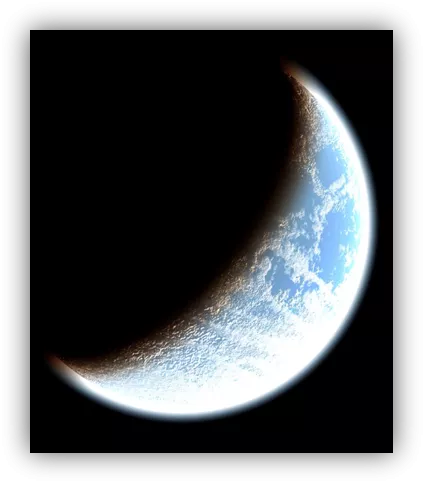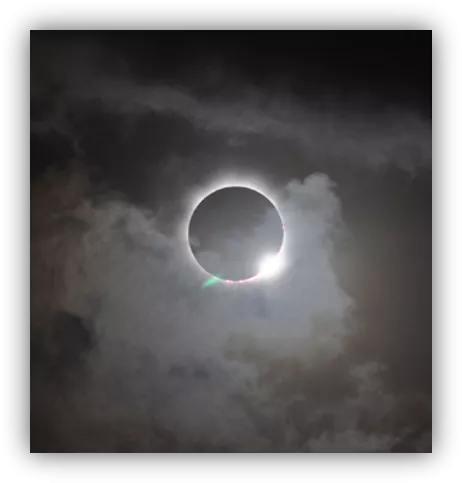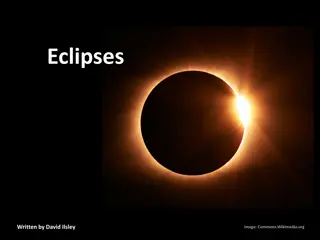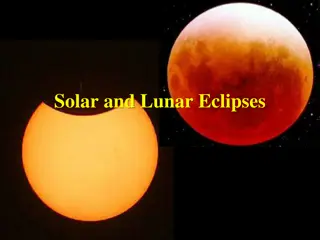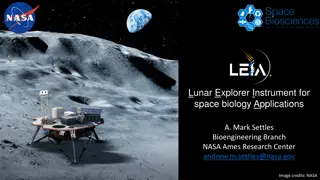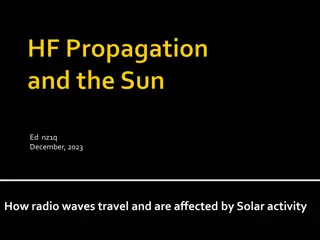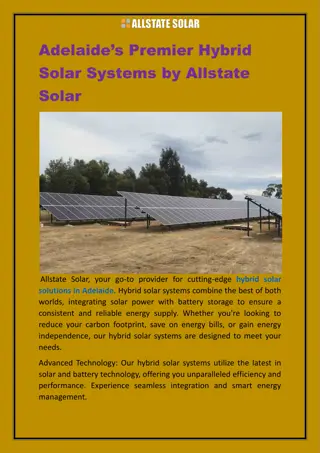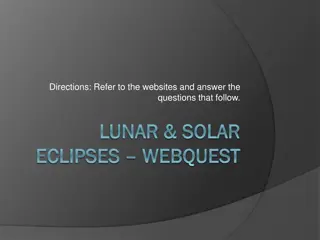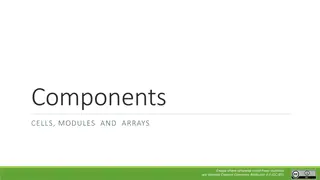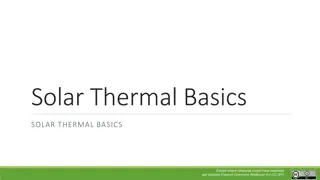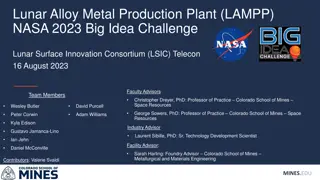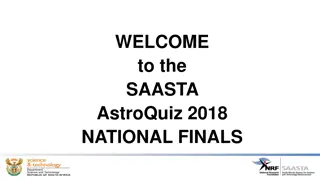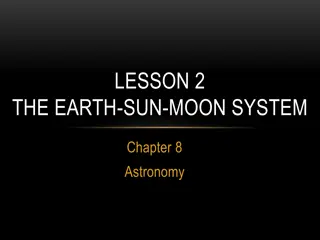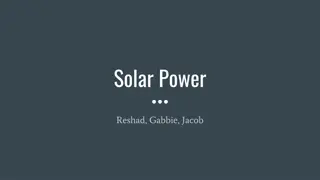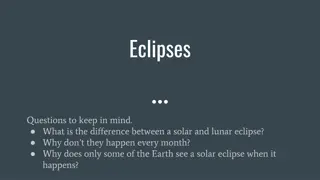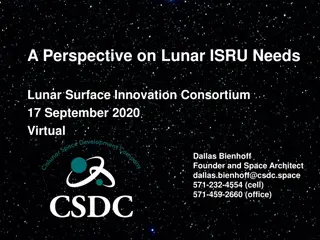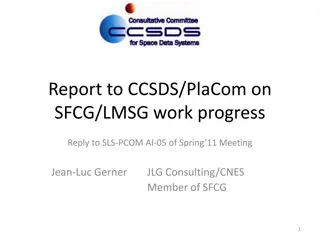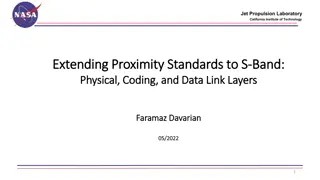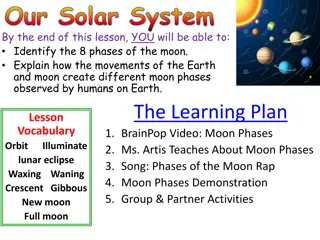Solar and Lunar Eclipses
Solar and lunar eclipses are celestial phenomena where shadows are cast by one celestial body upon another. A solar eclipse occurs when the Moon blocks the view of the Sun during the new moon phase, while a lunar eclipse happens when the Earth's shadow falls on the Moon. This article explains the different types of eclipses and how to draw a solar eclipse step by step.
Download Presentation

Please find below an Image/Link to download the presentation.
The content on the website is provided AS IS for your information and personal use only. It may not be sold, licensed, or shared on other websites without obtaining consent from the author.If you encounter any issues during the download, it is possible that the publisher has removed the file from their server.
You are allowed to download the files provided on this website for personal or commercial use, subject to the condition that they are used lawfully. All files are the property of their respective owners.
The content on the website is provided AS IS for your information and personal use only. It may not be sold, licensed, or shared on other websites without obtaining consent from the author.
E N D
Presentation Transcript
Solar and Lunar Eclipses By: Annette Miles
shadow An eclipse is the casting of a _______ of one celestial body on the surface of another. The Earth s shadow creates a _____ eclipse; the Moon s shadow creates a _____ eclipse. lunar solar
A solar eclipse happens when the _____ blocks our view of the sun. This happens when the Moon is exactly between the Sun and the Earth during the _________ phase. new moon Moon
The shadows cast during an eclipse have two parts: The penumbra and the umbra. The ________ is the faint _____ shadow. A _______ eclipse is visible from within this shadow. penumbra partial outer http://www.crystalinks.com/solar_eclipse.png
The second part of the shadow is the ______. The umbra is the dark _____ shadow. A _____ eclipse is visible from within the umbral shadow. umbra inner total http://www.crystalinks.com/solar_eclipse.png
How to draw a solar eclipse: 1) On a piece of paper, draw a Sun on the far left, an Earth on the far right, and a moon close to the Earth. All bodies need to be drawn in a straight line.
How to draw a solar eclipse: 2) Find a point at the top of the Sun and the top of the Moon. Using a ruler, draw a line to connect the points and continue line to the Earth.
How to draw a solar eclipse: 3) Now from the same point on the Sun, find the point at the center of the bottom of the moon and draw a line.
How to draw a solar eclipse: 4) Find the point at the center of the bottom of the Sun and draw the same two lines.
How to draw a solar eclipse: 5) Shade in the umbra, this one is shaded gray. Under this part of the shadow you would experience a total eclipse.
How to draw a solar eclipse: 6) Shade in the penumbra, this one is shaded pink. Under this part of the shadow you would experience a partial eclipse.
A total solar eclipse is very brief. It lasts only ______________. It is, however, one of the most awe inspiring events in all of nature. The sky becomes _____ and the temperature may _____ several degrees. a few minutes dark drop
A dark disk replaces the Sun, but surrounding the Moon is a beautiful halo of light. This is the Sun s ______. corona
Viewing a solar eclipse with the naked eye is very _________. The intense visible light from the Sun can cause damage to the retinas of your eyes. Only view a solar eclipse with proper eye protection. dangerous
The next graphic shows the path for different solar eclipses through 2025. Notice there are two solar eclipses that cross the United States (2017 and 2024).
A special feature during a total solar eclipse is called ____________. These are bead-like bursts of light that appear about _________ before and after totality during a solar eclipse. Baily's beads 15 seconds
Baily's beads are caused by sunlight shining through valleys on the edge of the _____. They roughly resemble a string of beads. Moon
Another interesting feature during a solar eclipse is called a ____________. This is a large burst of light that appears a few seconds before and after totality. Diamond Ring
Solar eclipses give scientists a unique opportunity to view features of our Sun. During an eclipse the Sun s ______ and Sun s __________ can be observed and studied. http://upload.wikimedia.org/wikipedia/commons/thumb/1/1c/Solar_eclipse_1999_4_NR.jpg/220px-Solar_eclipse_1999_4_NR.jpg corona prominences
Here a solar prominence is visible during a total solar eclipse. The prominence appears as a ___ cloud and consists of ionized ____ that is projecting above the surface of the sun. red gas
The moons orbit around the Earth is an _______ shape. If the eclipse happens during the moon s apogee, its ______ distance from the Earth, the moon s shadow is a bit smaller and the result is an _______ eclipse. elliptical farthest annular
During an annular eclipse, an outer ring of the Sun will be ______ around the moon. The moon does not completely block out the sun. visible
This illustration shows an ________ shadow produced during this type of eclipse . antumbra
The second type of eclipse is a lunar eclipse. A lunar eclipse occurs when the _____ passes through the shadow of the ______. This happens during a ____ moon. A total lunar eclipse is only evident when the Moon is passing through the Earth s umbral shadow. Moon Earth full
During the total eclipse, the Moon is still _____. The Moon will actually become a variety of colors from deep black to rich shades of red. The red coloring comes from light from the sun that is _______ as it passes through the Earth s __________ and is bent toward the moon. That light reflects off the surface of the Moon and into our eyes on Earth. visible filtered atmosphere
The red or copper color will only be seen as the shadow of the Earth _________ covers the Moon. See the progression of a total lunar eclipse. completely
Unlike solar eclipses which last only a few minutes, a total lunar eclipse lasts over _______. The shadow from the Earth is _____ than the shadow that the Moon casts on the Earth during a solar eclipse. an hour larger
A _______ lunar eclipse occurs when only part of the Moon passes through the umbra, or the darkest part of Earth s shadow. partial
How to draw a lunar eclipse: 1) On a piece of paper, draw a Sun on the far left, the Moon on the far right, and the Earth between the two. All bodies need to be drawn in a straight line.
How to draw a lunar eclipse: 2) Find a point at the top of the Sun and the top of the Earth. Using a ruler, draw a line to connect the points and continue line to the Moon.
How to draw a lunar eclipse: 3. Now from the same point on the Sun, find the point at the center of the bottom of the Earth and draw a line.
How to draw a lunar eclipse: 4) Find the point at the center of the bottom of the Sun and draw the same two lines.
How to draw a lunar eclipse: 5) Shade in the umbra, this one is shaded gray. Under this part of the shadow you would experience a total eclipse.
How to draw a lunar eclipse: 6) Shade in the penumbra, this one is shaded pink.
RESOURCES http://qcweather.blogspot.com/2012/05/solar-eclipse.html http://csep10.phys.utk.edu/astr161/lect/time/eclipses.html http://www.eso.org/public/outreach/eduoff/vt-2004/mt-2003/mt-sun.html http://photos.masslive.com/masslivecom_photo_essays/2012/05/solar_eclipse_views_of_th e_201.html http://news.nationalgeographic.com/news/2012/11/pictures/121114-total-solar-eclipse- pictures-australia-space-science/#/08-boy-welders-mask-australia- eclipse_61242_600x450.jpg http://library.thinkquest.org/3645/eclipses.html http://blog.nasm.si.edu/astronomy/total-lunar-eclipse/ http://airandspace.si.edu/explore-and-learn/multimedia/detail.cfm?id=3084 http://csep10.phys.utk.edu/astr161/lect/time/eclipses_lunar.html http://apod.nasa.gov/apod/ap121111.html http://www.astro.uni-bonn.de/~dfischer/skyreports/tun05/all.html http://www.alpo-astronomy.org/eclipse/observeeclipses/chapter9.htm
http://www.visualphotos.com/image/1x3746481/solar_prominence_a_solar_prominencehttp://www.visualphotos.com/image/1x3746481/solar_prominence_a_solar_prominence _visible_during http://sf.funcheap.com/solar-eclipse-san-francisco-2012/ http://www.nasa.gov/mission_pages/sunearth/news/totaleclipse-20121113.html http://www.bibalex.org/eclipse2006/AnnularEclipses.htm http://news.nationalgeographic.com/news/2012/05/120520-solar-eclipse-2012-ring-of- fire-annular-sun-science-how-see-where/ http://www.skyandtelescope.com/about/pressreleases/Partial-151-and-Annular-151- Eclipse-of-the-Sun-to-Sweep-North-America-Sunday-May-20th-150977245.html http://www.timeanddate.com/eclipse/solar-eclipse-january-15-2010.html http://www.crystalinks.com/eclipse.html
Video Suggestions http://www.classzone.com/books/earth_science/terc/content/visualization s/es2504/es2504page01.cfm?chapter_no=25 http://www.classzone.com/books/earth_science/terc/content/visualizations/ es2505/es2505page01.cfm?chapter_no=25 http://www.brainpop.com/science/space/eclipse/



